
Military scientists, engineers develop ventilator prototype in response to COVID-19
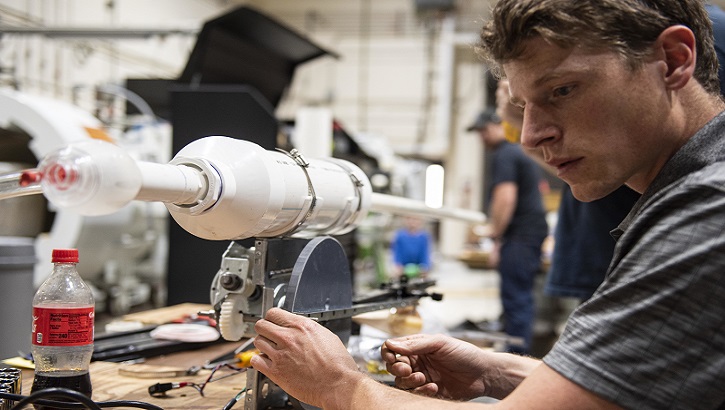
Dr. Andrew Schicho, Naval Surface Warfare Center, Panama City Division mechanical engineer, led one of the five teams by building a ventilator prototype in support of the Department of Defense Hack-a-Vent Innovation Challenge. (U.S. Navy photo by Eddie Green)
PANAMA CITY, Fla. — In response to the COVID-19 pandemic, scientists and engineers at Naval Surface Warfare Center Panama City Division (NSWC PCD) are developing low-cost, easily-assembled, non FDA-approved ventilators that can be rapidly prototyped and used in both hospital and field settings. If approved, these prototypes could be used to support critical care requirements around the world.
During a period of only two weeks, the Department of Defense (DoD) Hack-a-Vent Innovation Challenge sought to ignite the brilliant minds and expertise of our Nation to respond to the threats overwhelming the medical system. Teams were charged with creating innovative prototypes using exclusively commercial-off-the-shelf items and/or 3D printed parts.
The NSWC PCD teams are comprised of mechanical, electrical, and systems engineers, as well as diving and life support subject matter experts, in addition to experts from the Naval Experimental Diving Unit and end-users, including medical professionals. The prototypes were developed and tested in partnership with NSWC PCD’s Center for Innovation.
Holly Gardner, NSWC PCD innovation lead, said this challenge identifies an emergent need that can be rapidly delivered across the globe through innovation.
“This is personal to me. My brother, a former Navy flight surgeon, is an emergency medicine physician and medical center director for two hospitals in the Dallas area. He has survived war in Iraq and Afghanistan, and now he and his team are putting their lives on the line to save people affected by COVID-19,” said Gardner. “This battle is just starting and they are already running out of medical supplies.”
Dr. Andrew Schicho, NSWC PCD mechanical engineer and one of the team leaders, said he wanted to develop a solution for the call because, “aside from the tragic loss of life, the emotional toll this must take on our health care providers is almost unimaginable,” said Schicho. “Knowing that the United States does not have a ready supply of ventilators to support the estimated need, I decided right then that I wanted to help."
Schicho and his team decided that building ventilators was how they serve the best at a time like this.
“Many people dedicated their time and were all so encouraging of the work,” said Schicho. “What really drove this home for us is that that we were onto something, that what we were doing was important, and that this device could actually be used to save someone’s life “
Despite the aggressive deadline, the employees remained committed to the task because they know producing a viable solution will serve a greater need. NSWC PCD submitted five different proposals, one of which had a working prototype that met all of the requirements.
The DoD Innovation Challenge teams will be notified after the submission deadline and the top three submissions will be selected by a panel of experts and may be offered an opportunity to produce a functioning prototype by March 30.
Disclaimer: Re-published content may have been edited for length and clarity. Read original post.
200 new doctors, nurses to join military medical ranks early
Article
3/27/2020
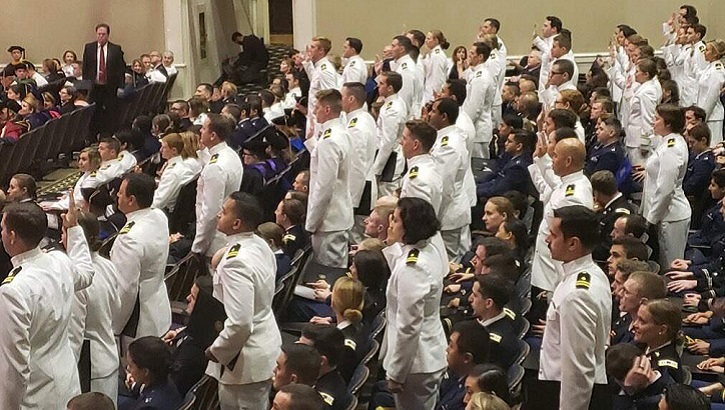
Military medical students will be graduating early to support the Military Health System amid the coronavirus pandemic
In a COVID-19 world, pace yourself to stay resilient and avoid burnout
Article
3/26/2020

Our response to COVID-19 is a marathon, not a sprint
Need for blood donations constant despite COVID-19
Article
3/26/2020
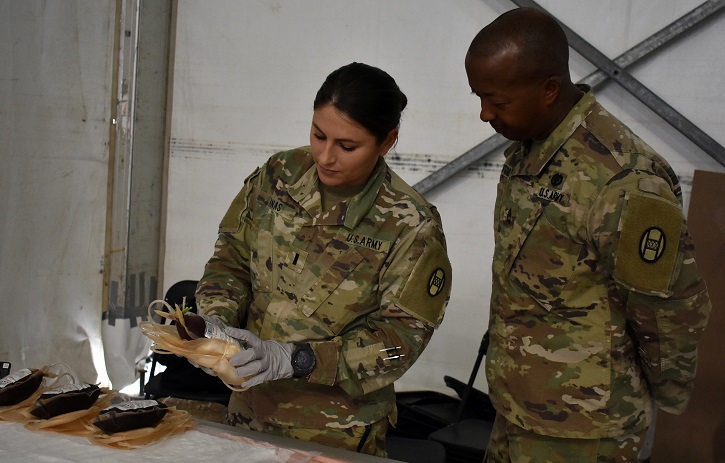
Limited shelf life, canceled blood drives threaten supply
Nearly 10,000 Guardsmen called up for COVID-19 response
Article
3/25/2020
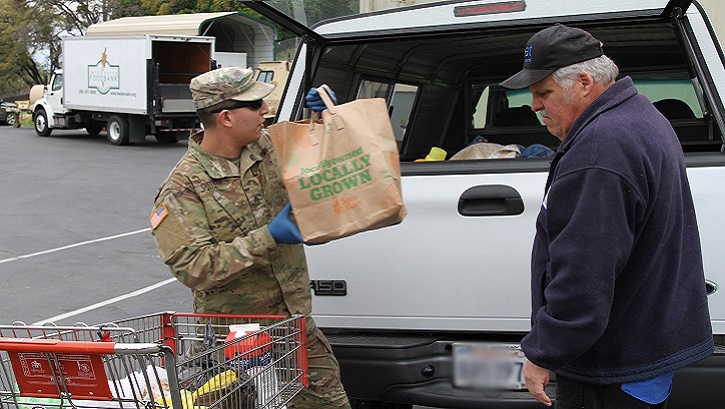
The president left control of the National Guard to the governors and the adjutant generals
USNS Mercy departs San Diego
Article
3/24/2020
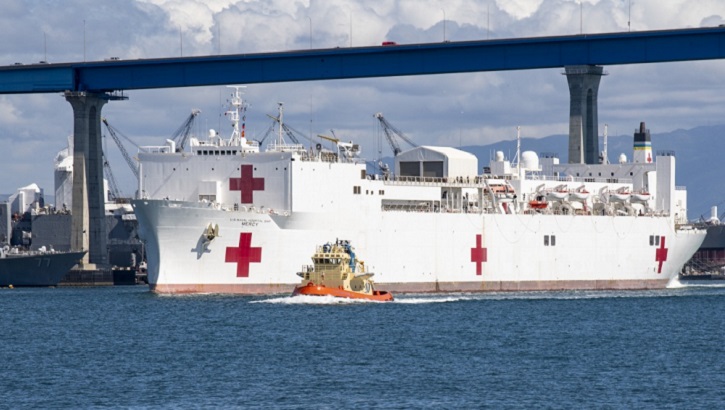
Mercy's mission is to provide full hospital services to support U.S. disaster relief and humanitarian operations worldwide.
DoD aims to fill medical gaps with military while states, cities ramp up
Article
3/24/2020

The secretary sees the military filling gaps in cities, states until they can deal with COVID-19 on their own
A full night’s sleep could be the best defense against COVID-19
Article
3/23/2020

Getting more sleep could dramatically improve your odds of avoiding infection
Air Force takes steps to assure ‘unblinking’ operations, readiness and capabilities amid pandemic
Article
3/23/2020

Within the Air Force, our medics are executing all available measures to mitigate the spread of COVID-19
Addressing emotional responses to threat of Coronavirus
Article
3/20/2020

Even if you’re feeling healthy, medical professionals recommend staying home and limiting social contact as much as possible
Place addresses DHA COVID-19 response
Article
3/19/2020

Crisis Action Team part of broad-based effort
DoD ready to help with Coronavirus, but capability limited
Article
3/17/2020

The DoD has only about 2% to 3% of the number of hospital beds that the private sector has
How DHA monitors the spread of health outbreaks
Article
3/13/2020
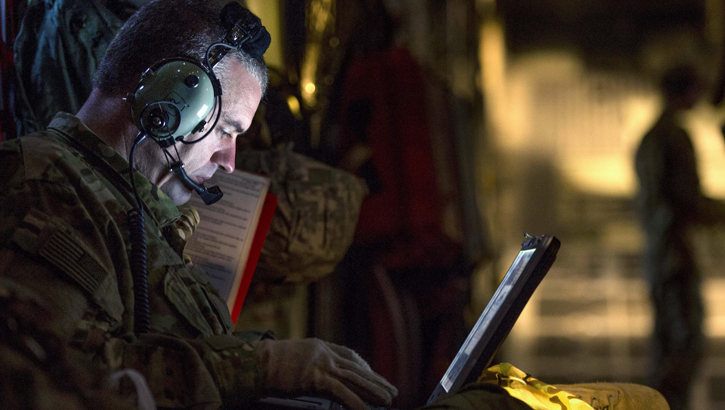
The Defense Health Agency works as a combat support agency to the military services and Military Health System
DoD issues flexible instructions on response to Coronavirus
Article
3/13/2020
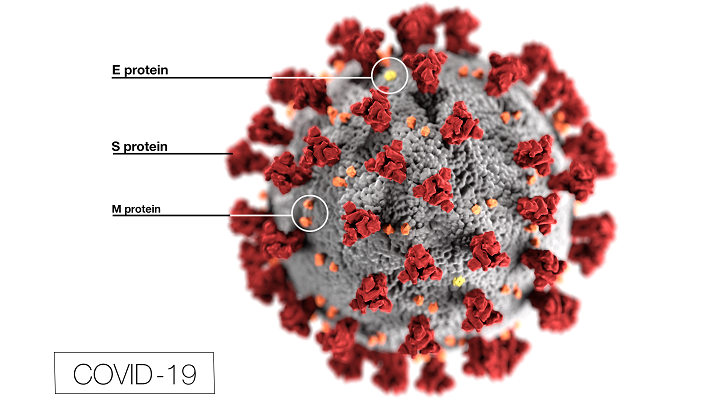
The memo covers aspects from before the outbreak through all levels of infection
COVID-19: Know what the terms mean
Article
3/10/2020

Learning the language can help you stay safe
Coronavirus: What you need to know
Article
3/6/2020

Although news stories and images contain many reports of people wearing surgical masks to ward off the virus, that's not recommended






















.png)











No hay comentarios:
Publicar un comentario